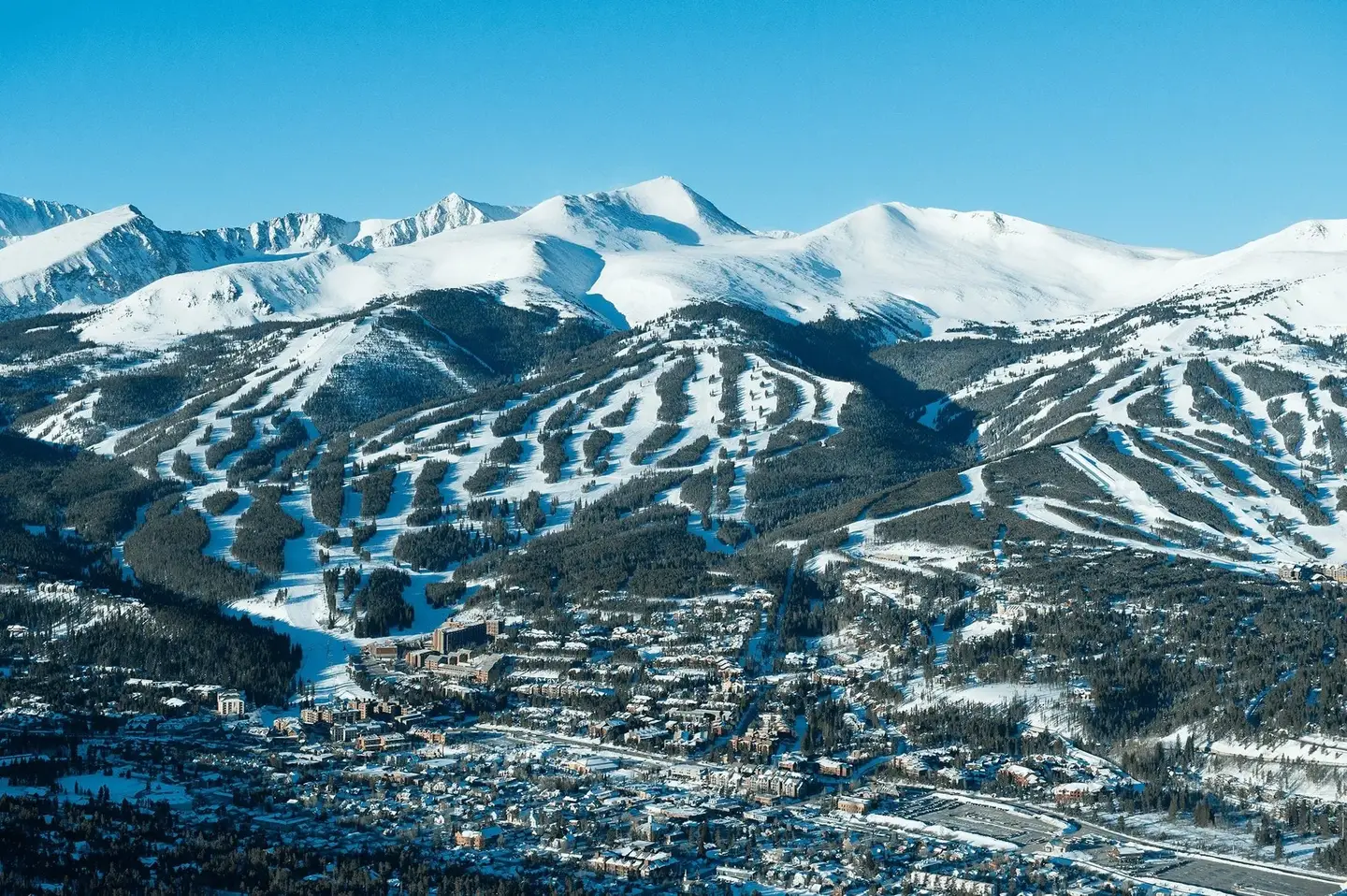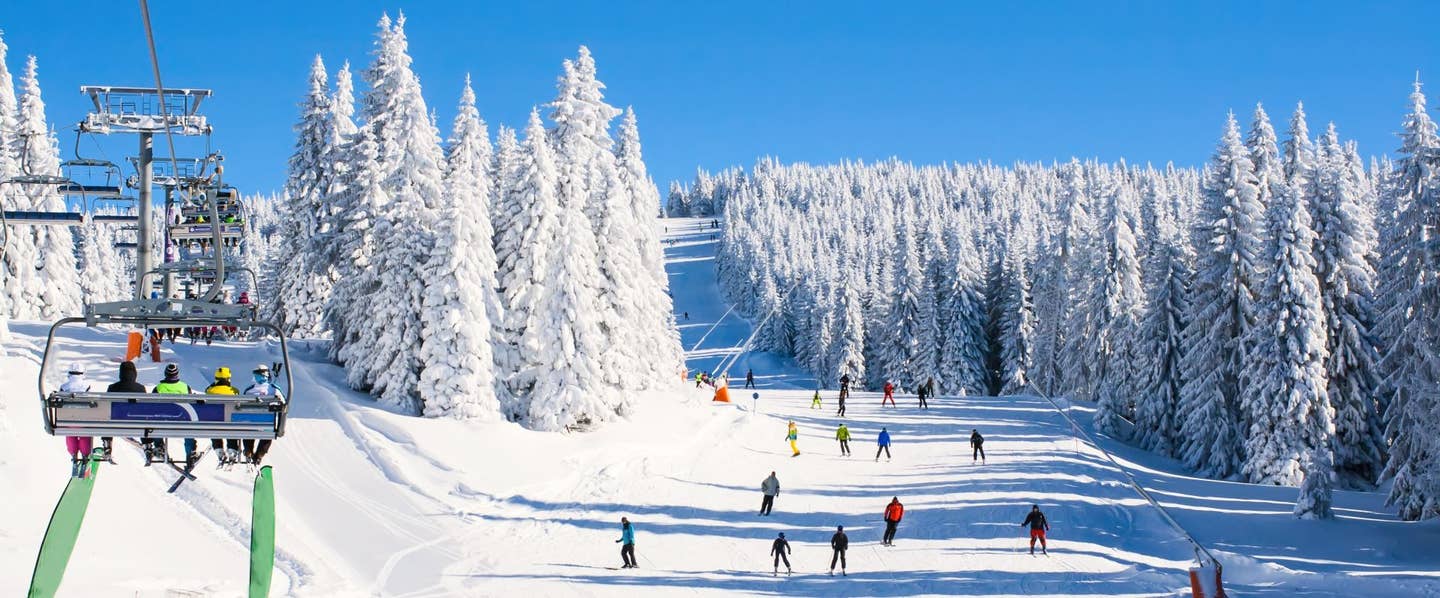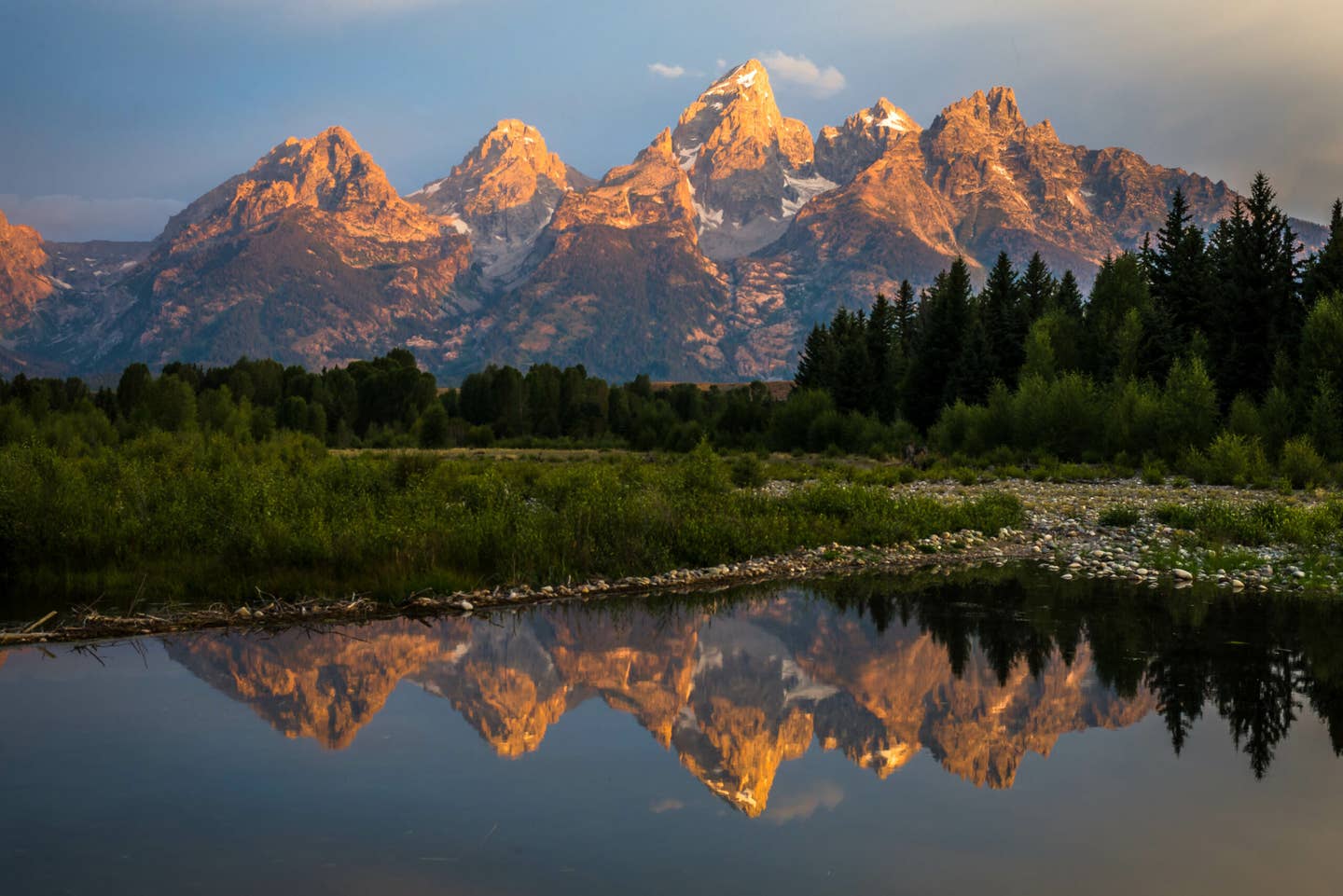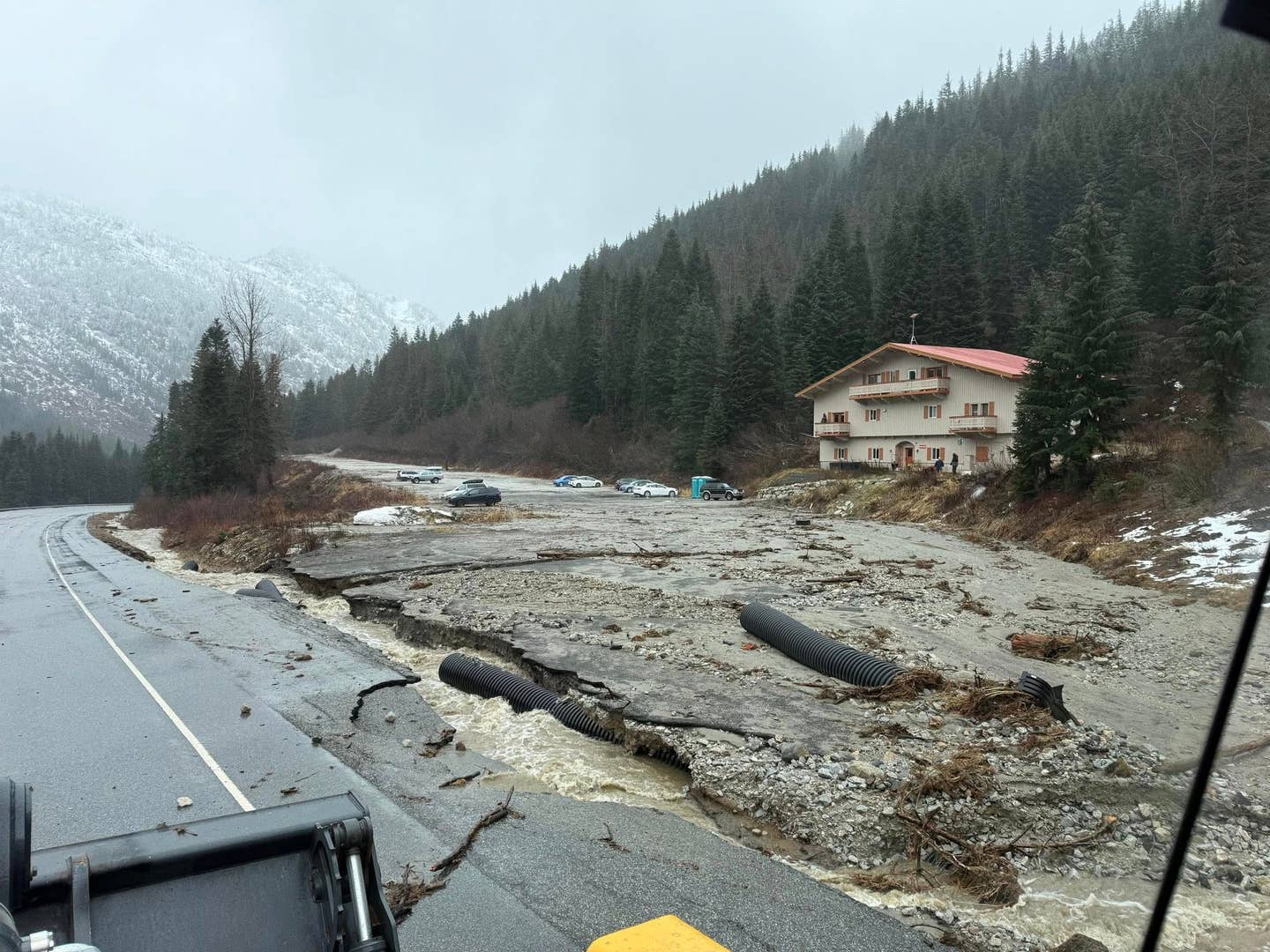

From Boots to Boards: A Comprehensive Guide to Your Ski Gear’s Lifespan
Popular Stories
As the air gets crisp and the first snow starts to fall, the familiar buzz of winter season prep begins. But before you dust off your gear, it's time to take a hard look at your equipment. Knowing the lifespan of winter gear isn't just about performance; it's about safety. Here’s a detailed breakdown of what to check and when to consider an upgrade to ensure you’re ready to rip all season long.
Skis and Snowboards: The Foundation of Your Ride
The lifespan of your skis or snowboard depends heavily on how often you ride and the conditions you ride in.
"A recreational rider might get 150-200 days out of a board or a pair of skis, while a hard-charging pro might wear them out in a single season."
The materials and construction lose their integrity over time, affecting flex, pop, and edge hold.
- When to Replace:
- Loss of Camber/Rocker: A flat ski or board has no energy and won't perform as designed.
- Cracked or Damaged Edges: This is a safety issue. If you can't get a proper edge on the snow, it's time for a new board or new skis.
- Soft or Washed-Out Feel: The gear feels lifeless and doesn't respond to your input.
- Delamination: The layers of the ski or snowboard are separating, which can be a result of core damage or water exposure.

Boots: Your Critical Connection
Your boots are arguably the most important piece of equipment. They're your direct connection to the board or ski. Over time, the liner packs out, and the shell can lose its stiffness and responsiveness. A well-fitting boot will improve your riding more than any other piece of gear.
- When to Replace:
- Packed-Out Liners: If your once-snug boot now feels loose and you're getting a lot of foot movement.
- Loss of Stiffness: The shell feels soft and doesn't provide the support it once did, making it difficult to drive your skis or board.
- Cracked Shell: Any visible cracks in the plastic shell of ski boots or breakdown in the material of snowboard boots compromises the boot's structure and safety.
- Heel or Ankle Lift: This indicates the boot no longer fits properly and can lead to foot fatigue and loss of control.
Bindings: The Safety Mechanism
Bindings are critical for safety. Over time, the materials can degrade and the components can wear out. This means a binding that is too loose might release unexpectedly, and one that is too tight might not release when it should, increasing the risk of injury.
- When to Replace:
- Ski Bindings: The springs inside lose their tension over time. Most manufacturers recommend replacing them after 5-7 years, regardless of use. It’s also wise to get them inspected after a hard fall.
- Snowboard Bindings: Check for cracks in the highbacks and baseplates, and wear on the ratchets and ladders. If a component is compromised, it could fail when you need it most.
Helmets: The Lifesaver
Helmets are a one-and-done piece of equipment. If it has been in a significant crash, no matter how small the visible damage, it's done its job and needs to be replaced immediately. Even without a crash, the foam and plastics in a helmet degrade over time. The general rule is to replace your helmet every 3-5 years, or if you ever question its integrity.
- When to Replace:
- After Any Impact: If it takes a hit, it's done. Period.
- Visually Damaged: Cracks in the shell, dents, or compressed foam.
- Every 3-5 Years: Due to general wear and material degradation.
Get your TGR Optic Goggles Now!

Realm Fixed Frame Goggles - Classic Edition
$145.00

Uprising Goggles - Classic Edition
$195.00

Glacier Sunglasses
$105.00

Realm Fixed Frame Goggles - Stone Roses
$145.00

Realm Fixed Frame Goggles - Grateful Dead x TGR "Steal Your Face"
$145.00

Uprising Goggles - Topo Trip
$195.00

Gondwana Sunglasses
$87.50
Goggles: Clarity on the Mountain
Goggles protect your eyes from sun, wind, and snow. Over time, the lenses get scratched, and the foam on the frame deteriorates. While not a safety concern, a scratched lens can severely impact visibility, which is a major performance and safety issue on the mountain.
- When to Replace:
- Scratched Lens: Scratches can distort vision and lead to eye fatigue.
- Deteriorated Foam: If the foam is flaking or no longer seals against your face, allowing cold air and snow to get in.
- Fogging Issues: If the anti-fog coating has worn off and you are constantly dealing with condensation.
Sign Up for the TGR Gravity Check Newsletter Now
Layers and Shells: Your Personal Climate Control
Your outerwear is what keeps you warm, dry, and comfortable. While not a safety issue, old shells can be a major comfort issue. The waterproof membranes and DWR (Durable Water Repellent) coatings on jackets and pants degrade with use and washing. When they stop working, you’re at risk of getting wet and cold, which can ruin a day on the mountain.
- Estimated Lifespan for an Average Rider: 3-5 years, depending on use and care.
- When to Replace:
- Loss of Waterproofing: If you're getting soaked in wet snow or rain. A simple test is to spray a little water on the sleeve and see if it beads up or soaks in.
- Worn Zippers or Seams: If the zippers are failing or the seams are coming apart, the garment's integrity is compromised.
- Bad Odors: If the fabric retains a strong, unpleasant smell even after washing, it's a sign of bacterial growth and fabric breakdown.

Avalanche Safety Gear: Non-Negotiable
For anyone venturing into the backcountry, your avalanche safety gear is the most critical kit you own. This includes your beacon, shovel, and probe. The technology in beacons improves rapidly, and the components can wear out over time.
“The first step to being able to travel in the snowy mountains is having the right gear. Everyone needs to carry an avalanche transceiver, probe, and shovel.” -Northwest Avalanche Center (NWAC)
When to Replace:
- Beacon: Every 5-10 years, depending on the manufacturer's recommendation. Newer models often have better signal range and processing power.
- Shovel & Probe: Inspect for cracks, dents, or bent pieces. If a component is compromised, it could fail when you need it most.
At-a-Glance Gear Lifespan Chart
| Gear Item | Average Lifespan (Days) | Average Lifespan (Years) | Key Replacement Indicator |
|---|---|---|---|
| Skis & Snowboards | 150-200 | 2-5 | Loss of camber/rocker, cracked edges, soft feel |
| Boots | 100-200 | 3-7 | Packed-out liner, loss of stiffness |
| Ski Bindings | N/A | 5-7 | Spring fatigue, age, after a hard fall |
| Snowboard Bindings | N/A | 3-5 | Cracked highbacks, worn ratchets |
| Helmets | N/A | 3-5 | Any impact, visible damage |
| Goggles | N/A | 2-4 | Heavily scratched lens, deteriorating foam |
| Layers & Shells | N/A | 3-5 | Loss of waterproofing, worn zippers |
| Avalanche Beacon | N/A | 5-10 | Manufacturer recommendation, updated tech |
By taking the time to assess your gear, you’re not just preparing for the season—you’re investing in your performance and safety. A well-maintained and up-to-date kit ensures you can focus on the important things: finding those fresh lines and having a blast with your crew.



